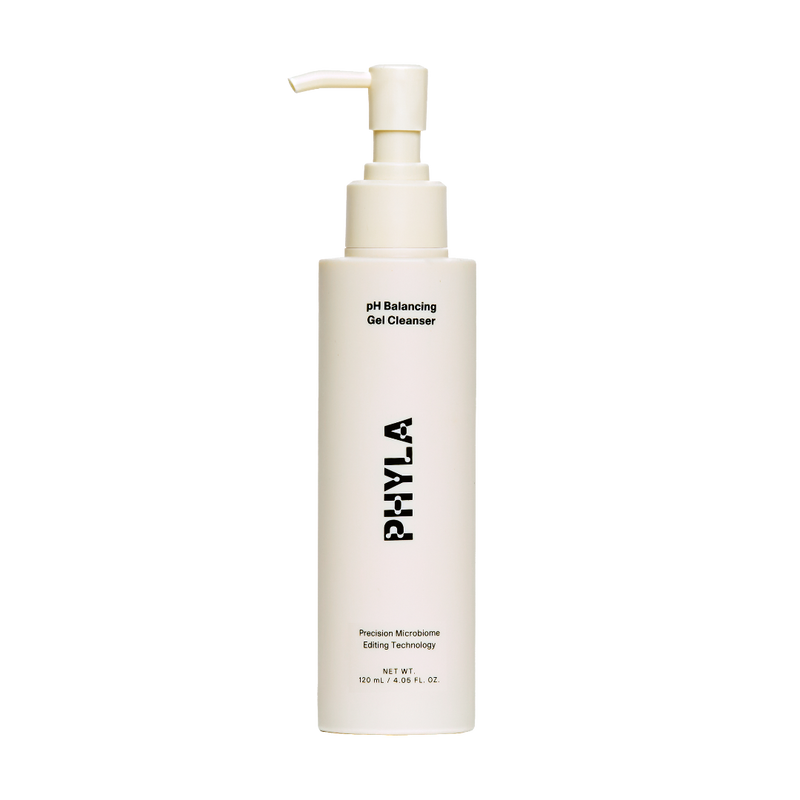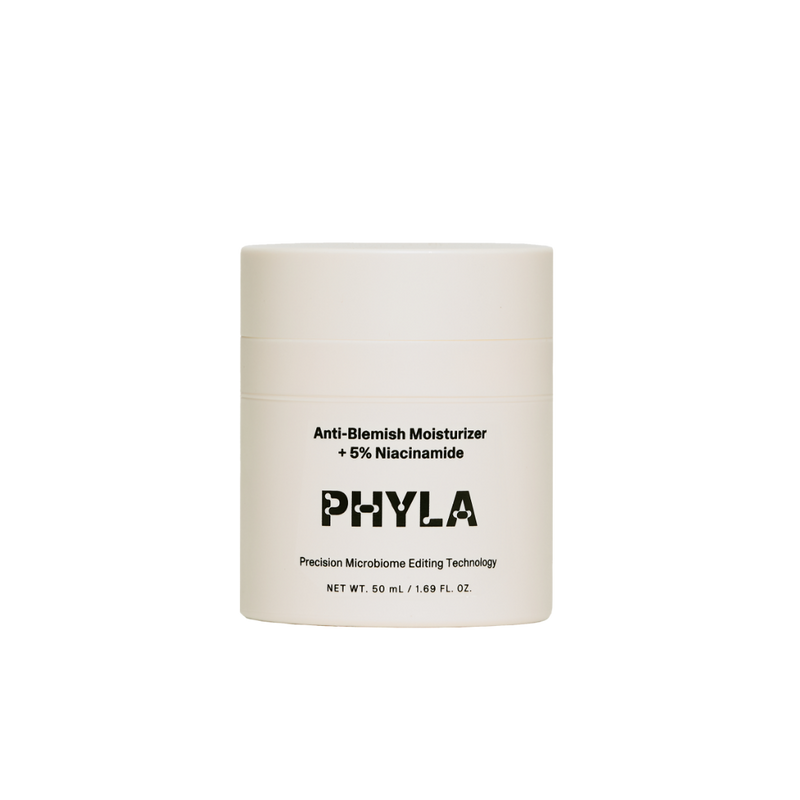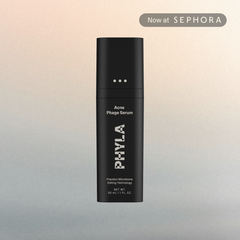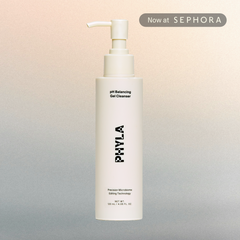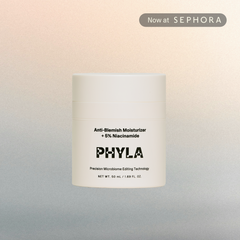Skin Freaking Out? It Might Just be Purging!

Have you ever used a product and wondered why you’re experiencing an outpour of “breakouts” during the first few weeks? Those “breakouts” may be misinterpreted for skin purging. When it comes to skin purging, it is one of the most talked about skin topics. Many people find skin purging extremely confusing, because it resembles acne. We want to demystify any concerns you may have - while also providing you with tips to navigate a skin purge!
Let’s dive in!
How to Spot the Difference between Acne and Purging
Acne and purging can look similar on the surface, but they are caused by different factors and require different treatments. Acne is a chronic bacterial disease caused by a combination of factors, including: excess oil production, inflammation, diet, hormonal imbalance and the over–colonization of C. acnes.
Purging, on the other hand, is a temporary skin reaction to new skincare products or treatment that accelerates the skin cell turnover rate.
In case you’re wondering what to look for when discerning between the two, we got you covered! Here are some key differences between acne and purging:
- Timing: Purging typically occurs within the first few weeks (4-5 weeks) of using a new product or treatment, while acne can occur at any time.
- Types of lesions: This is where it can get tricky! Purging can materialize into a combination of blackheads, whiteheads, papules, and pustules. Some lesions may be red and inflamed, while others are fleshed-colored. You may even experience microcomedones, which are those tiny bumps underneath skin that may be rough to the touch. Acne lesions are more evident in their appearance and a bit more painful too. For instance, with acne you will experience more inflammatory cyst and nodules, which are quite painful. However, if acne is already present while you’re experiencing a purge, it will only exacerbate the existing acne lesions.
- Persistence: Some good news about purging, is that it will not last forever! Purging should clear up within a few weeks as your skin adjusts to the active ingredients. Whereas, acne can persist for months or even years without proper treatment.
How Long Does Purging Stick Around For?
The duration of purging can vary depending on several factors, including the individual’s skin type, type of product or treatment being used, and the severity of the reaction. According to Dermatologists, purging can last typically 4-5 weeks when switching a new skincare routine.
The Science Behind Purging
Our skin cells naturally regenerate every 28 days, on average - bringing vibrant healthy skin cells to the surface. When this pattern is disrupted by the overabundance of active exfoliants and harsh products, it poses many challenges! During a skin purge, active ingredients such as acids, retinoids, and vitamin C are responsible for rapidly generating new skin cells. This forces existing dead skin cells and excess oil to the surface of the skin, which leads to congestion.
The Purge Survival Guide
Skin purging can be frustrating, and can hinder many of us from being consistent with our skincare routines. However, we want to remind you that it is a momentary process.
Here are some helpful tips to minimize the negative effects of skin purging:
- Introduce new products gradually: This is especially important if you're introducing active ingredients to your skin. Slowly incorporate these high-powered ingredients into your routine once or twice a week, and gradually increase the frequency as your skin adjusts. This will help your skin adapt to the new product without causing a sudden surge in breakouts.
- Know your skin: Our skin is a very complex organism and has specific needs. Understanding your skin type and its condition can help you to choose ingredients that are best suitable for supporting your skin barrier and its overall function.
- Avoid using too many new products at once: Introducing too many new products at once can be problematic. This makes it difficult to pinpoint which product may be causing the purging. Start with one product and wait a few weeks until your skin adjusts before adding another one.
- Be patient: Skin purging can be a challenging phase, however we want to encourage you to be consistent with your routine. Continue to use the product as directed. If you’re still experiencing breakouts for an extended period of time (past 5 weeks), consider discontinuing the product and speak with a dermatologist or a trusted skin care professional to help execute the best course of treatment.
Remember, skin purging is a temporary process, and it can be a sign that your skin is adjusting to new products. With proper care and patience, you can minimize the effects of skin purging.
Phyla + Purging
During the initial 60 days of using Phyla, skin purging can transpire. This a natural and safe occurrence, indicating that the Phortify Serum is effectively reducing the overgrowth of harmful bacteria and recalibrating the microbiome. Due to the unique composition of each individual’s skin microbiome, the timeline to experiencing skin purging differs for everyone. Some may only have an increase in congestion for a few days to a week, while others may experience purging for the full 4-5 weeks.
Our Phresh Cleanser is formulated with 2% Salicylic Acid, a beta-hydroxy acid known to decongest the pores of excess sebum and encourage the formation of new skin cells. When trying any acid, it is recommended to slowly incorporate it into your routine once or twice a week. This will counteract and minimize irritation, dryness, and skin purging.
If you are unsure about how to introduce Phyla’s 3-Step System to your skin, we would be delighted to connect with you and support you through the process. We’re always available at esthetician@phylabiotics.com.


